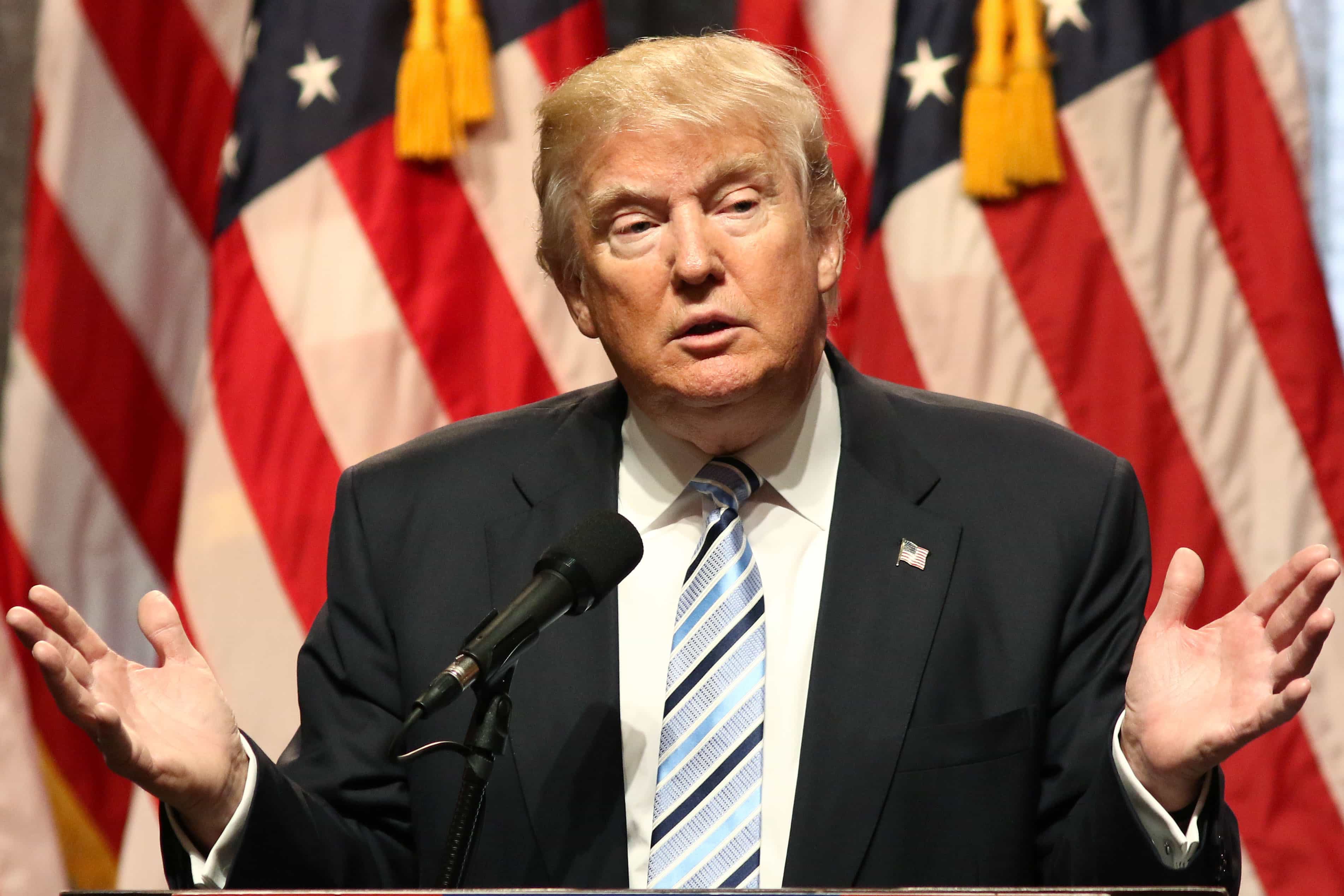Some of the earliest examples of an “executive order” are attributable to two fictional queens: Queen Margaret in Shakespeare’s Henry VI, Part III (1592) and the Queen of Hearts from Lewis Carroll’s Alice’s Adventures in Wonderland (1865), in which she repeatedly shrieks: “Off with his head!”

That a monarch once had the inherent power to order an execution seemed unquestioned.
But from whence comes the power of a president of the United States to issue “executive orders,” and what force and effect do such orders potentially have on your life and mine?
Of recent days, a flurry of so-called such orders has issued forth from the Trump White House, billed as proof that the new president is fulfilling his campaign promises. The most notorious of these is an order seeking to block for 90 days almost all entry to the U.S. of travelers from selected Mideastern nations, claimed to be a source of potential terrorists.
That Trump order was met with federal court rulings and with stinging criticism from across the American political spectrum, but especially on the left, with massive street and airport demonstrations in many cities. Truly heart-rending stories of the hardships caused filled the media.
Yet three years ago, in January 2014, then President Obama brazenly announced, without a word of protest from the left, that he planned to bypass and enact policy on his own if Congress refused to give him what he demanded.
“We’re not just going to be waiting for legislation in order to make sure that we’re providing Americans the kind of help they need. I’ve got a pen and I’ve got a phone,” Obama threatened.
Republicans were furious then; now they are largely silent.
The Power of the Executive Order
It is my contention that executive orders issued by the hand of an unrestrained president, whether on the political left or right, are a real threat to our freedoms.
My old friend and colleague, Mark Nestmann, has written extensively about the scope and the threat of executive orders, calling them “…one of the oldest traditions in the American republic.” Indeed, George Washington issued the first executive order, and every president since has done so.
During the 227 years since the Constitution was adopted, Mark notes that:
…U.S. citizens have endured confiscation, imprisonment, and censorship conducted outside normal constitutional constraints. The Supreme Court has routinely upheld war and emergency powers claimed by U.S. presidents. In most cases, the majority of Americans have supported these measures.
Presidents have issued executive orders to seize U.S. assets of foreign nations, along with the assets of thousands of persons allegedly tied to terrorism.
In 2006, the U.S. Treasury claimed that it has the power to confiscate “any financial instrument” in the event of a national emergency. There goes your bank account!
A Colorful History
From 1789 to the end of the Obama presidency, there had been nearly 14,000 executive orders. The four-term Franklin D. Roosevelt holds the record with 3,721 orders, including the infamous 1933 order that confiscated all gold and gold-backed dollars.

Other historic executive orders included the Louisiana Purchase (Jefferson), the annexation of Texas (Polk), Abraham Lincoln’s Emancipation Proclamation, Roosevelt’s internment of Japanese-Americans during World War II and John Kennedy’s creation of the Peace Corps.
The legal or constitutional basis for executive orders has several sources, mainly Article II, which vests in the president the executive power and requires them to “take care that the laws be faithfully executed.”
A second, and pernicious, source of executive orders is the thousands of instances in which Congress has delegated to the president or executive departments the power to issue rules to carry out some general mandate, such as what constitutes clean air or water.
Have Your Plan in Place
Perhaps one of the few comforting aspects about Trump’s executive orders issued so far is that their content is so vague and general that they really don’t do much. (But tell that to a stranded refugee family in a foreign airport!)
Trump’s first order on Obamacare did little more than express his disapproval of that law. The executive order on the Mexican wall sounded forceful, but requires an appropriation of money by Congress.
In many cases, these “executive orders” seem more like self-serving public relations rather than real, legally binding executive orders. But the vague travel ban shows what chaos can result.
One never knows who might be the object of that executive order: “Off with his head.”
Yours for liberty,
![]()
Bob Bauman JD
Chairman, Freedom Alliance



